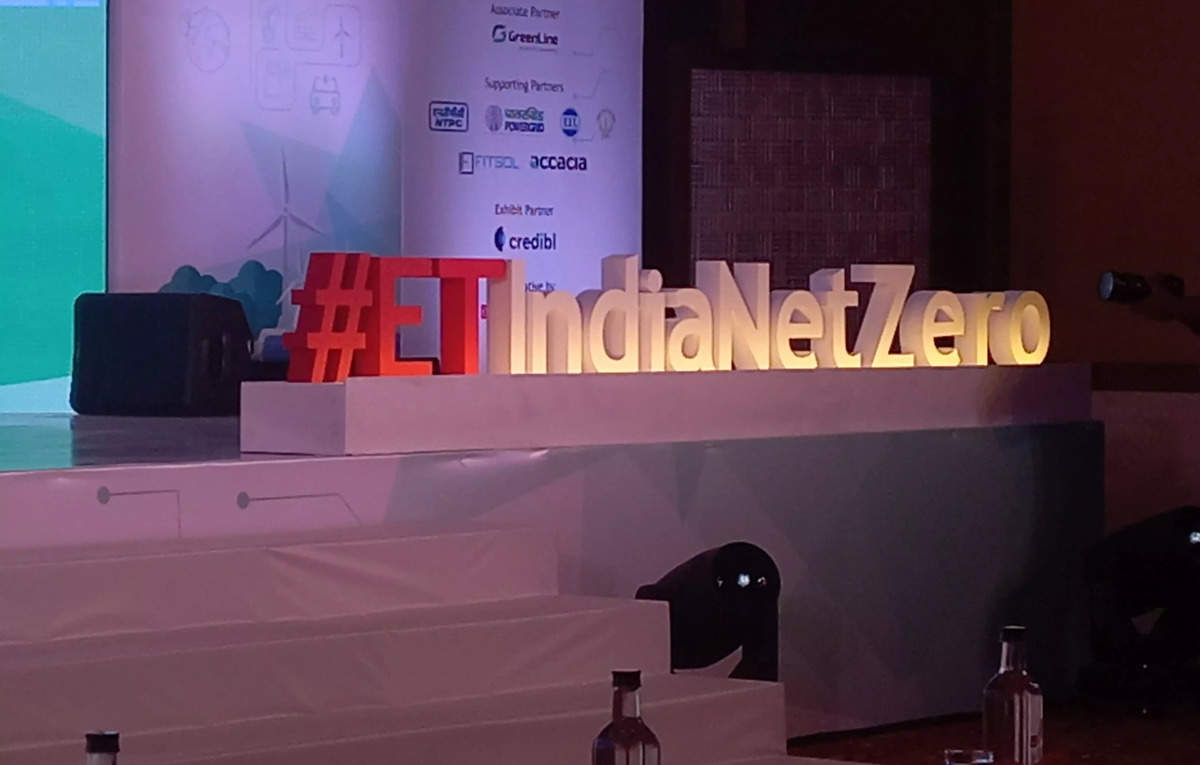India's Green Hydrogen Mission: Paving the Way for Sustainable Energy
Key Ideas
- India's per capita greenhouse gas emissions are significantly below the global average, highlighting the nation's minor role in global emissions.
- The NITI Aayog official discussed the National Green Hydrogen Mission, aiming to produce 5 million metric tons of green hydrogen by 2034 with a substantial investment.
- The mission is part of India's strategy to become a leader in hydrogen energy, focusing on technological advancements and reducing costs of electrolyzer technologies.
- There is a strong emphasis on transitioning towards sustainable energy sources to meet the increasing energy demand responsibly and achieve net zero emissions by 2070.
During the ETEnergyworld India Net Zero Forum, NITI Aayog's VK Saraswat highlighted India's low per capita greenhouse gas emissions at 2.9 tons of CO2 equivalent, showcasing the country's minimal contribution to global emissions. He compared India's emissions to those of the G20 nations, underlining the disproportionate impact of developed countries on global warming. Saraswat stressed the need for India to shift from fossil fuels to renewable and nuclear energy sources. The discussion also featured the National Green Hydrogen Mission, aiming to produce 5 million metric tons of green hydrogen by 2034 with a significant investment of ₹19,700 crore. This initiative is a crucial step towards making India a leader in hydrogen energy, focusing on technological advancements and cost reduction in electrolyzer technologies. Saraswat called for robust policy frameworks and increased investments in sustainable energy technologies to accelerate India's transition to a low-carbon economy. He reaffirmed India's commitment to achieving net zero emissions by 2070 and advocated for global collaboration to tackle climate change effectively.
Topics
Middle East
Renewable Energy
Net Zero
Sustainable Energy
Greenhouse Gas Emissions
Low-carbon Economy
NITI Aayog
Latest News
